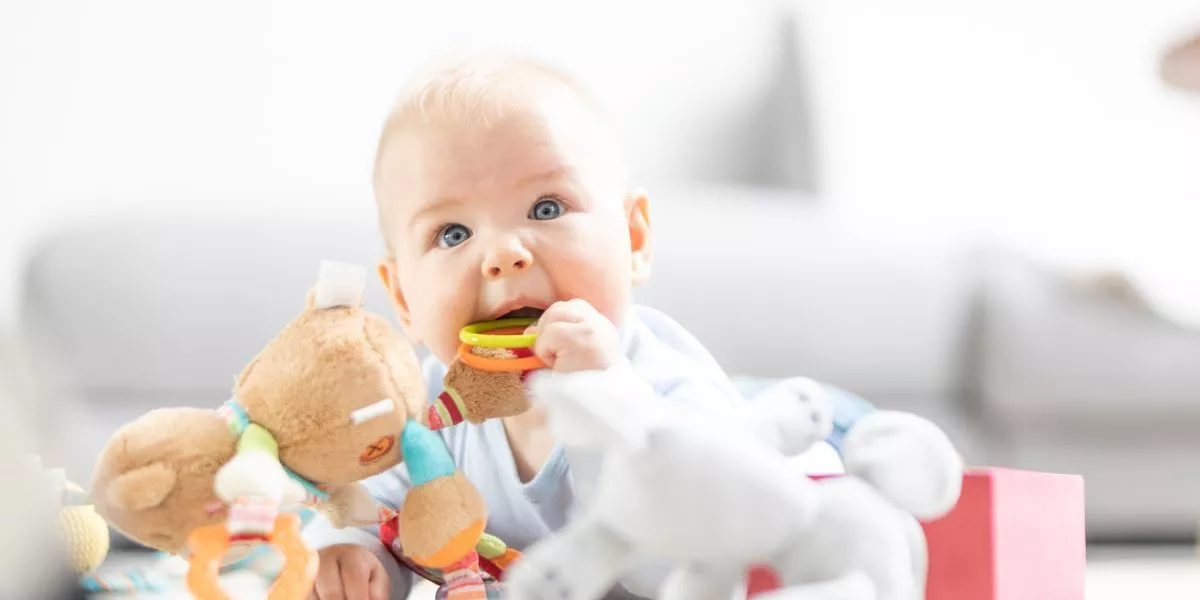For your newborn, stick to soft textures and gentle sounds like lullabies. Engage in rocking movements and introduce visual stimulation with feathers or bubbles. If you want more ideas as your baby grows, there are specific activities tailored for 3-6 months, 6-9 months, and even toddlers, each designed to promote learning and exploration at every stage of your baby's development.
Newborn Sensory Play Ideas
When engaging in sensory play with newborns, remember to keep activities gentle and simple to not overwhelm their developing senses. Newborn babies are just beginning to explore the world around them, and their senses are still delicate and sensitive. Soft textures like a fluffy blanket or a smooth satin ribbon can provide gentle tactile stimulation.
You can also introduce soft, gentle sounds such as calming lullabies or the sound of a gentle rattle. These auditory experiences can be soothing for your newborn and help in their sensory development.
Another great way to engage your newborn's senses is through gentle movements. Rocking your baby gently back and forth or swaying side to side can provide vestibular stimulation, which helps with their sense of balance and body awareness. Additionally, softly blowing bubbles or waving a feather in front of your baby can introduce them to visual stimulation in a gentle manner.
Sensory Activities for 3-6 Months
During the 3-6 month period, engaging your baby in sensory activities can help stimulate their developing senses and foster their cognitive growth. At this stage, babies are becoming more aware of their surroundings and are eager to explore through their senses. Simple activities like providing different textured toys for them to touch and feel can help enhance their tactile sense. You can also introduce them to rattles or toys that make gentle sounds to stimulate their auditory senses.
Another great sensory activity for this age group is tummy time. Placing your baby on their stomach not only helps develop their neck and upper body strength but also allows them to experience different textures on the floor. Additionally, interacting with your baby through peek-a-boo games or making funny faces in front of a mirror can engage their visual senses and promote social interaction.
Remember to always supervise your baby during sensory play to ensure their safety and enjoyment.
Engaging Play for 6-9 Months
As your baby progresses into the 6-9 month stage, their sensory exploration and play can be further enriched with new engaging activities. At this age, your little one is becoming more curious and mobile, so it's essential to provide them with interactive play opportunities. Consider introducing toys that encourage crawling or rolling, such as soft balls or textured blocks. These items can help enhance their motor skills and hand-eye coordination while keeping them entertained.
Another engaging play idea for this age group is introducing water play. Fill a shallow container with water and let your baby splash around with safe water toys under supervision. This sensory experience can be both fun and stimulating for their senses.
Furthermore, incorporating musical toys or objects that make different sounds can captivate your baby's interest and contribute to their auditory development. You can also create simple DIY sensory bins using materials like rice, pasta, or fabric scraps for your little one to explore different textures.
Toddler-Friendly Sensory Play
For toddlers, incorporating sensory play activities can be an exciting way to encourage exploration and development. At this age, children are curious and eager to engage with the world around them using their senses. Simple activities like playing with textured materials such as rice, sand, or water can help toddlers develop their sense of touch and improve their fine motor skills.
Sensory bins filled with items like dried beans, pom-poms, or soft balls can provide opportunities for toddlers to explore different textures, shapes, and sizes. You can also introduce sensory bottles filled with glitter, water, and small toys to captivate their visual and auditory senses. Finger painting with pudding or yogurt is another messy yet enjoyable activity that allows toddlers to experience different textures while engaging their creativity.
Engaging in sensory play with your toddler not only enhances their cognitive and physical development but also strengthens the bond between you. Remember to always supervise these activities to ensure a safe and enjoyable experience for your little one.
Advanced Sensory Play for Toddlers
Ready to take sensory play with your toddler to the next level? As your child grows, their sensory exploration can become more advanced and engaging. Consider introducing activities that stimulate multiple senses simultaneously.
Water beads are a fantastic option for advanced sensory play. These small, slippery beads provide a unique tactile experience and can be used for sorting, pouring, and scooping.
Another exciting idea is creating sensory bins with a variety of materials like rice, beans, or kinetic sand. These bins allow your toddler to dig, pour, and bury objects, enhancing their tactile and fine motor skills.
For a more immersive experience, try setting up a sensory scavenger hunt in your backyard or a park. Encourage your toddler to find items based on their texture, color, or shape. This activity promotes exploration and cognitive development while keeping them physically active.
Additionally, messy play activities such as finger painting or playing with slime can offer a sensory-rich experience that enhances creativity and imagination. By incorporating these advanced sensory play ideas, you can continue to nurture your toddler's curiosity and developmental growth.

